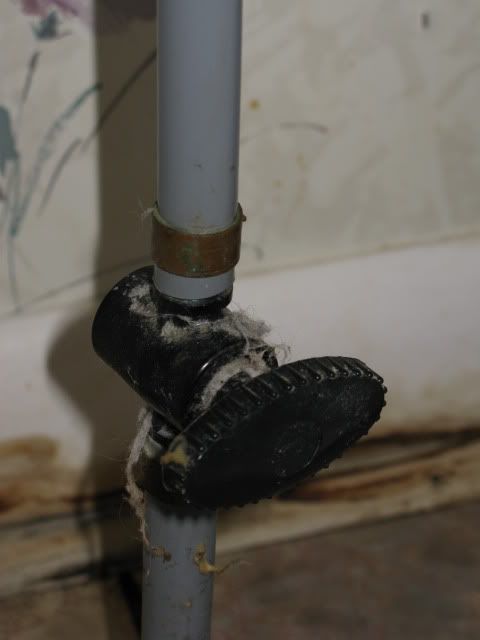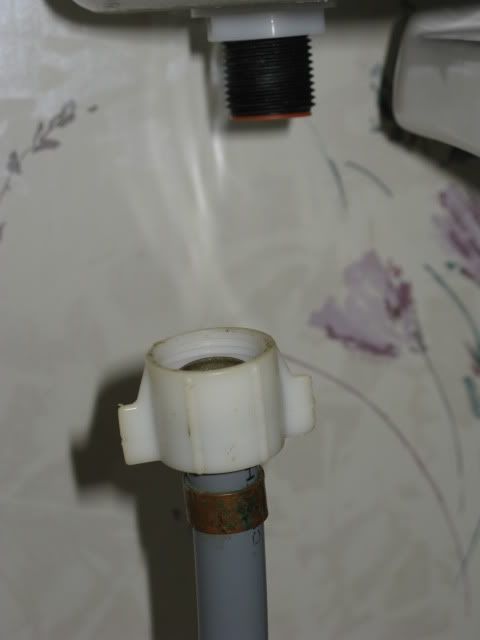Hi everyone,
Just tiled the floor a few days ago and I set the toilet today. The tiles around the toilet are slightly uneven and the toilet rocks just a bit. I'm afraid of cranking too hard on the closet bolts so I'd rather find a way to fill the gap.
I've done some reading online and found several different suggestions anywhere from shimming to caulking to grouting the gaps. The underside of the closet flange sits perfectly even with the top of the floor and it appears that I have a good seal at the flange.
I do not want to caulk all around that toilet base as that would mask any possible leak problems down the road but I'm thinking that a solid bead of caulk along the front and back of the base would stop the rocking and would be the easiest solution.
What do you think?
Also, how tight should the tank be to the toilet? Right now it wiggles when you push and pull on it and it even contacts the wall if you push back on it, but the bolts seem like they're tight enough and I'm afraid of going any tighter.
Thanks for your help.
Just tiled the floor a few days ago and I set the toilet today. The tiles around the toilet are slightly uneven and the toilet rocks just a bit. I'm afraid of cranking too hard on the closet bolts so I'd rather find a way to fill the gap.
I've done some reading online and found several different suggestions anywhere from shimming to caulking to grouting the gaps. The underside of the closet flange sits perfectly even with the top of the floor and it appears that I have a good seal at the flange.
I do not want to caulk all around that toilet base as that would mask any possible leak problems down the road but I'm thinking that a solid bead of caulk along the front and back of the base would stop the rocking and would be the easiest solution.
What do you think?
Also, how tight should the tank be to the toilet? Right now it wiggles when you push and pull on it and it even contacts the wall if you push back on it, but the bolts seem like they're tight enough and I'm afraid of going any tighter.
Thanks for your help.






